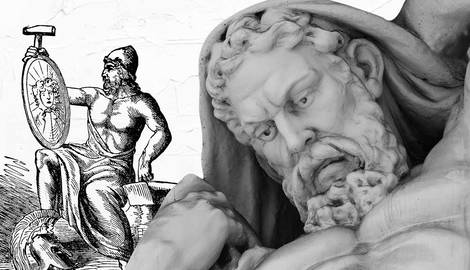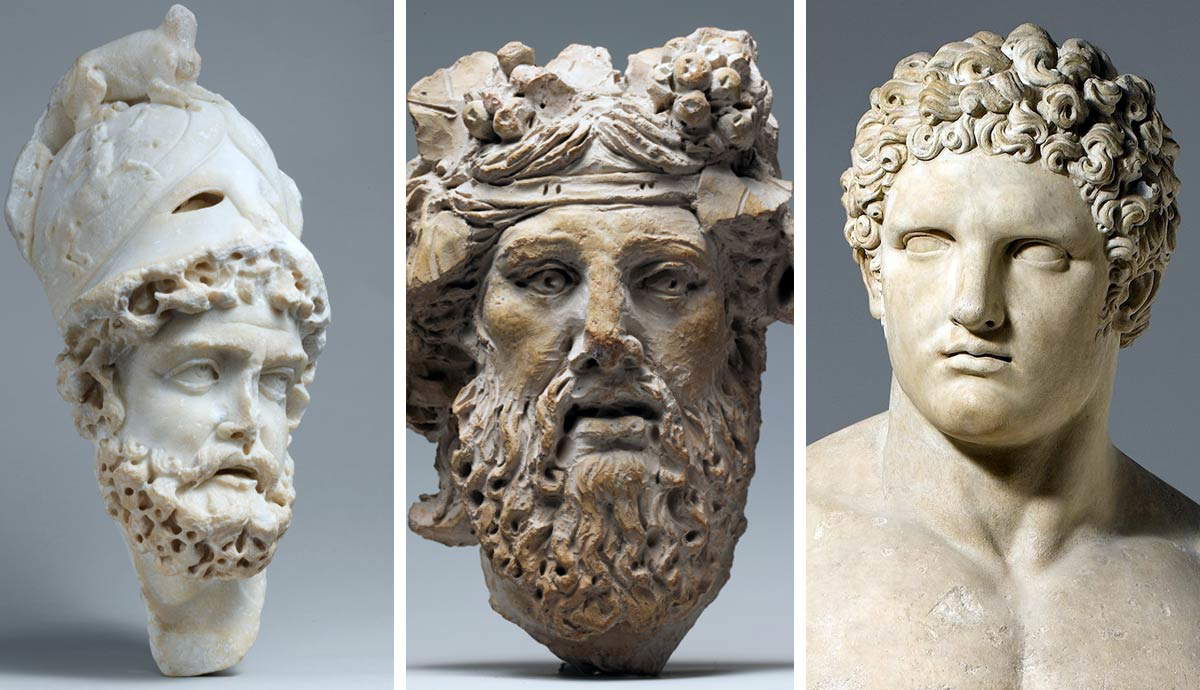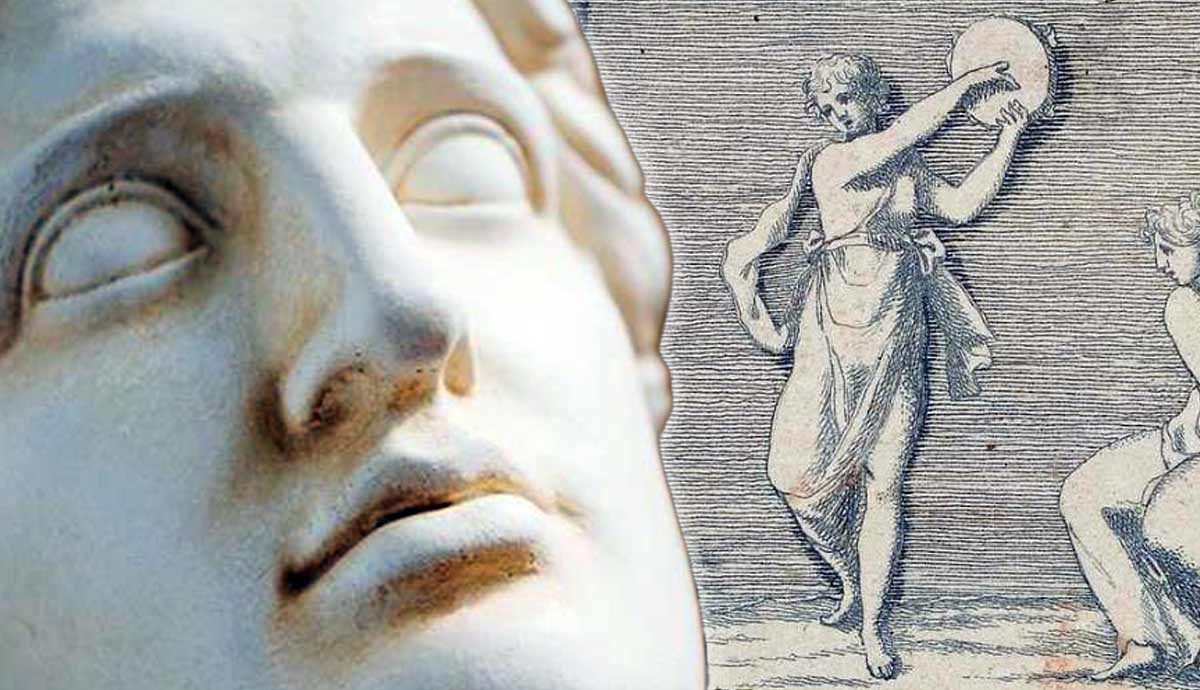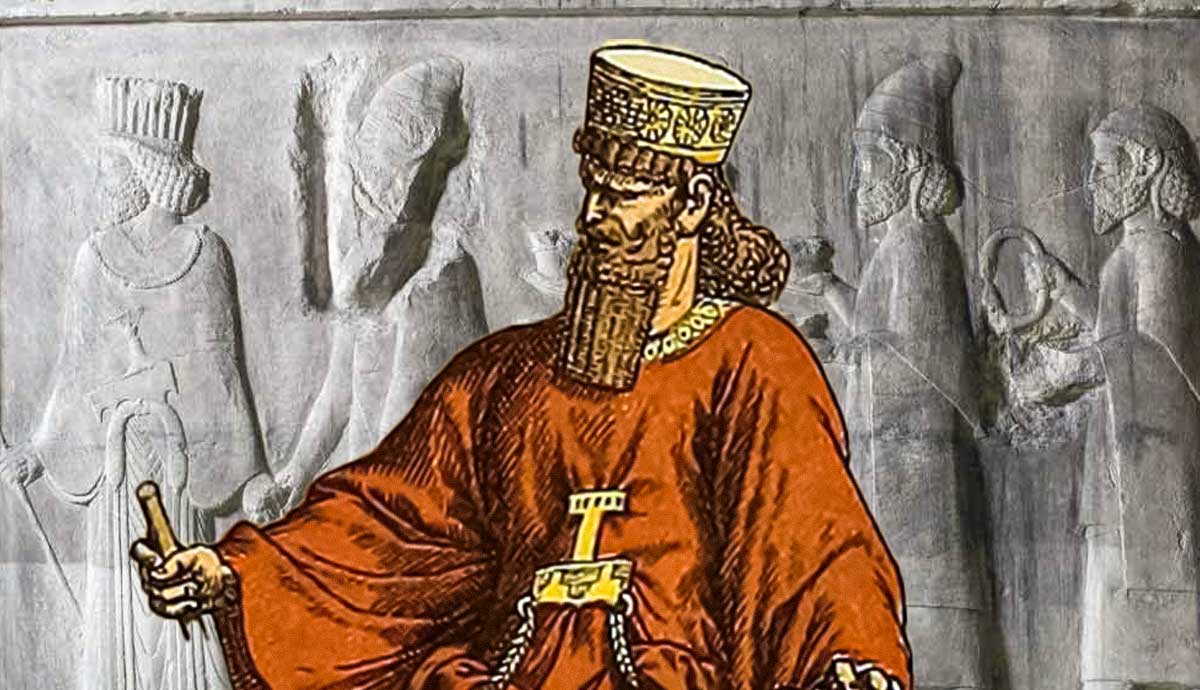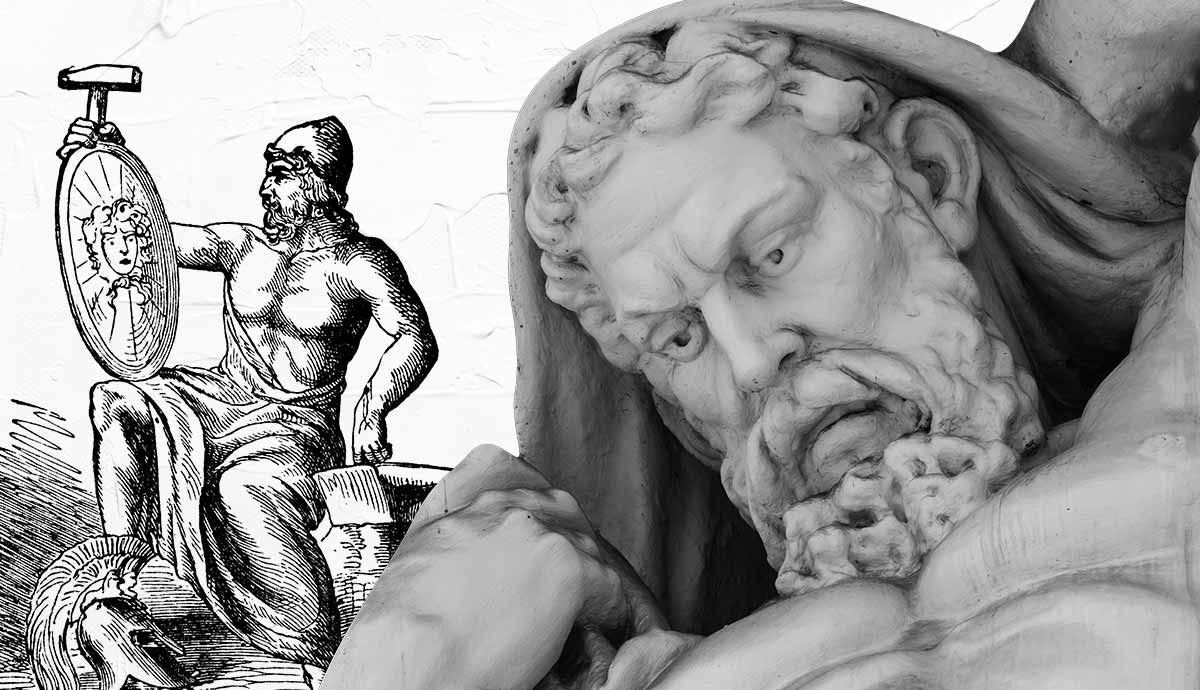
Hephaestus, the god of smithing and fire, was counted among the twelve Olympian gods. He does not feature as prominently in Greek myths as the rest of his family, but he is credited with creating all the divine tools used by gods and heroes, from Zeus’ aegis to the armor of Achilles. Hephaestus was generally depicted as a bearded man wielding an ax or riding on a donkey, but he was most commonly characterized by his disability. Known as the Lame or Club-Foot god, Hephaestus didn’t have the martial prowess of the other Greek deities. He had to rely on his ingenuity to solve problems.
1. Birth and Fall From Olympus

Hephaestus, called Vulcan by the Romans, was the son of Hera by parthenogenesis, meaning a virgin birth. Hera was upset with Zeus for birthing Athena without her, so she decided to repay him in kind. But Hephaestus was born with crippled legs. Feeling shame at birthing an imperfect deity, Hera threw her newborn son off Mount Olympus. He landed in the sea and was saved by Thetis, who raised him.
However, the account of Athena’s birth in Pindar’s Olympian Ode 7 directly contradicts this story. It says that Hephaestus was present and aided Zeus in birthing Athena by striking him on the head with an ax, setting the newborn goddess free from his skull.

There is also a different version of the story of his expulsion from Olympus. It states that when Hera sent a storm against Heracles after he sacked Troy, nearly killing the hero, Zeus chained her up in the sky as punishment. Hephaestus tried to help his mother, but Zeus snatched him up by the foot and threw him off Mount Olympus. He fell to the island of Lemnos and was severely wounded, but was saved by the inhabitants there. The spot he landed was called the Lemnian Earth and was seen as a sacred site of healing.
Both stories feature in the Iliad, where they are told by Hephaestus himself. He explains that the first fall took place immediately after his birth due to Hera’s shame at his disability. The second occurred later when he tried to help his mother. In Apollodorus’ Library, the two accounts are combined. The author wrote that Zeus cast him out for aiding Hera and he fell to Lemnos, leaving him crippled in both legs. He was then saved by Thetis.
2. Return to Olympus

Having been cast out from Olympus, Hephaestus wanted revenge against his mother for the injustice done to him. He crafted magnificent thrones for the Olympian gods, but within Hera’s throne, he constructed a trap. When she sat on it, she was bound by chains and suspended in midair.
The other gods pleaded with Hephaestus to let her down, but he refused. It was only when Dionysus got him drunk that he agreed to release her and was brought back to Olympus. Another source claimed that Hephaestus trapped Hera because he didn’t know who his parents were. When she revealed that she was his mother, he released her.
3. Creation of Pandora

The oldest account of Pandora comes from Hesiod’s Theogony. After Prometheus stole fire for mankind, Zeus devised a punishment to inflict on humanity. He had Hephaestus craft from earth and clay the likeness of a young woman, and Athena breathed life into her. All the gods gave her gifts and she was named Pandora, which means “All-Endowed.”
Hephaestus’ gift to her was a crown of gold decorated with images of every animal on land and in the sea. Pandora was then given as a wife to Prometheus’ brother, Epimetheus. Zeus gave Pandora a jar containing all the ills of the world and, knowing that she wouldn’t be able to resist her curiosity, bid her not to open it. When she did, all the suffering of humanity was released into the world, leaving only hope behind.
In an alternate version by Theognis, the jar contained all the good spirits of the world, which fled once the jar was opened.
4. Attempted Rape of Athena

Recounted in Eratosthenes’ Catasterisms 13, Hephaestus became captivated with Athena‘s beauty and wanted to marry her. But she rejected him because she preferred to stay a virgin. She hid herself away in Attica in a place called the Hephaisteion, but Hephaestus followed her. There, he tried to force himself on Athena, but she struck him with her spear. His semen fell to the ground and impregnated the earth goddess Gaia, and she gave birth to the legendary Athenian king, Erichthonios.
In a later version of the story, recorded in Hyginus’ Fabulae 166, Hephaestus asked for Athena’s hand in marriage as a gift for freeing Hera from his throne trap. It was Poseidon who suggested that he ask for Athena, since he was still upset that he lost the contest with her to be the patron god of Athens. When it was time to consummate the marriage, Athena fought against Hephaestus’ advances and refused him.
5. Marriage and Divorce of Aphrodite

While not explicitly stated in any surviving sources, it is commonly accepted by scholars that it was Aphrodite, and not Athena, who was given to Hephaestus for freeing Hera. He was happy with his beautiful wife, but soon grew distrustful of her many affairs.
One of Aphrodite’s lovers was the god of war, Ares. The Greek sun god Helios was the first to spot the affair and he immediately informed Hephaestus. The cunning smith god devised a plan to catch them in the act. He crafted a thin net of bronze and laid it above his bed. The next time Aphrodite and Ares went to bed together, he sprung the trap and captured them. He then invited all the other gods to see and shame them.
Many of the gods laughed at the display, not because they cared about the infidelity, but because Ares was said to be the swiftest Olympian, but he was caught by the lame Hephaestus. Poseidon eventually convinced Hephaestus to let the pair go by offering to pay the adulterer’s fine, a common practice in ancient Greece. Hephaestus is later cited as being married to one of the Graces, implying that he divorced Aphrodite after her affair.
6. Necklace of Harmonia

Nonnus, in his epic Dionysiaca, recounts that when Aphrodite and Hephaestus were married, Aphrodite gave birth to Eros. Hephaestus thought that the child would be born disabled like himself, but instead, he was born with wings. Suspecting infidelity, Hephaestus crafted a magnificent necklace of gold inlaid with jewels for Aphrodite, but he placed a curse upon it. The effect was that anyone possessing the necklace would meet with misfortune.
During her marriage to Hephaestus, Aphrodite became pregnant with Ares’ child. She gave birth to a daughter named Harmonia. The girl was later given to Cadmus, a mythical king of Thebes, to be his wife. All the gods attended the wedding, and the couple were given many gifts. Hephaestus, or according to some sources Aphrodite, gifted the newlyweds the cursed necklace.
Harmonia and Cadmus were eventually transformed into serpents as a result of owning the necklace. It was then passed on to one of their daughters, Semele. She was one of Zeus’ lovers and on the day she wore it she was visited by a disguised Hera, who was plotting her death.
7. Armaments of the Gods

As the smith of the gods, Hephaestus crafted all the divine tools and weapons used by the Olympians. He crafted the chariots that the gods used to ferry themselves across the earth, one of which was a wedding gift for Aphrodite when they were married. He also created for Zeus the aegis, a chest plate that protected him from all harm. This armor was later given to Athena. Some sources also claim that he had a hand in crafting Zeus’ lightning bolt, though most say it was the Cyclopes alone.
Hephaestus also created the giant bronze automaton known as Talos. The mechanical giant protected the island of Crete, circling it three times per day and throwing stones at any pirates that tried to make landfall. Jason and the Argonauts were turned away by Talos on their journey back to Iolcus after having retrieved the golden fleece. It was only by the magic of Medea that the bronze giant was brought down.
8. Armaments of Heroes

Hephaestus was not limited to only crafting tools for the gods. He also created the many tools and weapons used by demigod heroes. For Perseus, he crafted the blade that he used to behead the Gorgon, Medusa. He helped craft the spear of Peleus, father of Achilles. This same spear was then used by Achilles during the Trojan War.
Hephaestus also forged the armor of Achilles. In book 18 of the Iliad, Hephaestus is visited by Thetis, who asks him to make a set of armor for her son. He had lost his old armor when his friend, or lover, Patroclus was killed while wearing it. Given that Thetis saved Hephaestus after he was cast from Olympus, he was more than happy to oblige her. He crafted a shield, helmet, cuirass, and greaves, all magnificently ornamented with scenes from myth and decorated with gold and silver. When Thetis brought the armor to the grieving Achilles, the armor was so awe-inspiring that none of the other Greeks dared to look at it.
9. The Iliad

Apart from crafting armor for Achilles, Hephaestus also saves the hero’s life when he fought against the river god Scamander. Achilles was fighting against the Trojans and, in his wrath, he clogged the river with the bodies of the dead, flooding the entire area. This enraged the river god, who attempted to drown the hero in a great rush of water.
Hera feared for Achilles’ life and called upon Hephaestus to aid him against Scamander. At his mother’s request, Hephaestus set fire to the plains, burning away all the soldiers felled by Achilles, armor and all. He then set fire to the trees on the banks of the river, and even to the river itself. Scamander pleaded with Hephaestus to stop, but it was only when he prayed to Hera that she called off Hephaestus’ assault.
